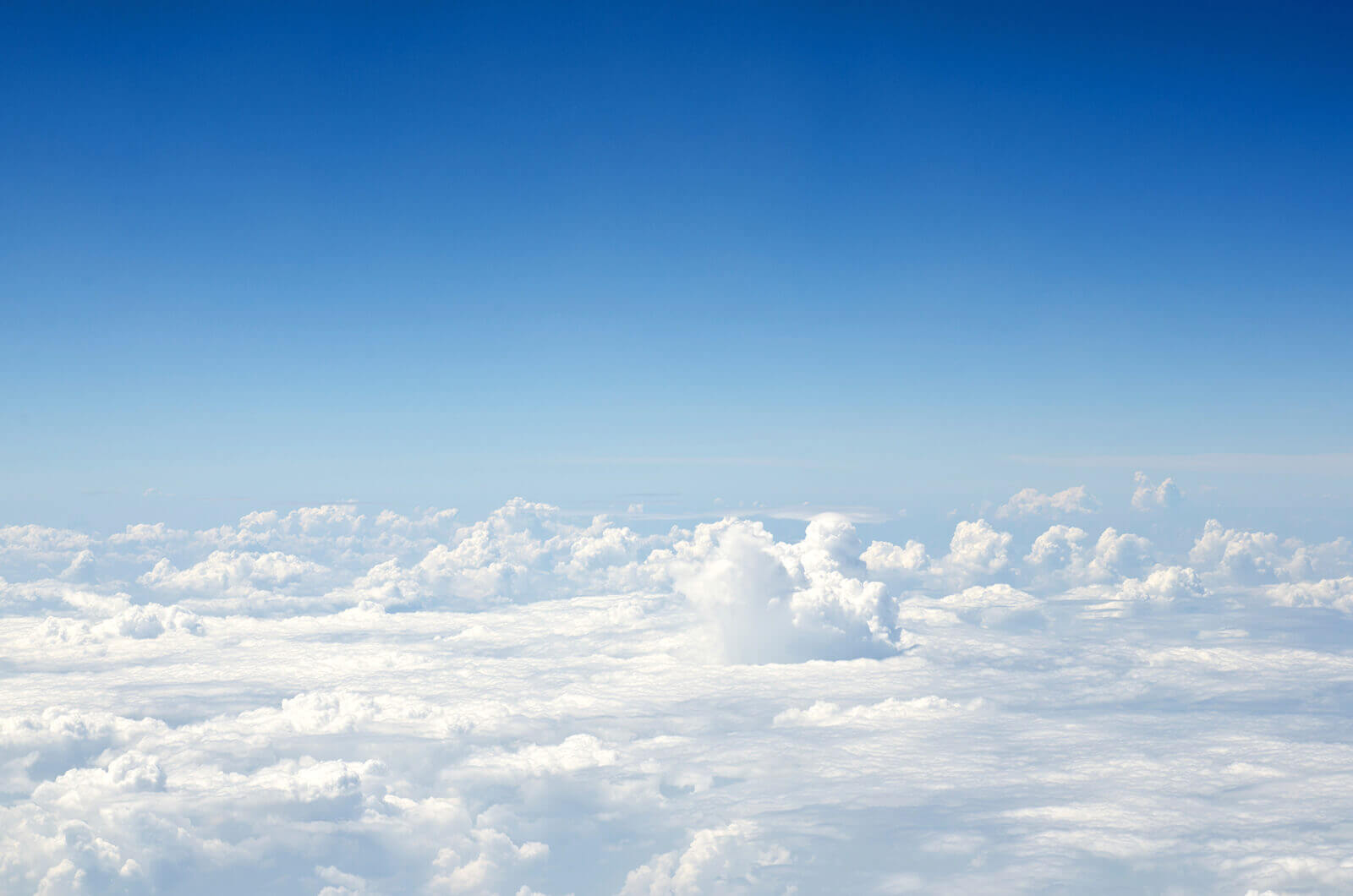EVA's Royal Laurel Class offers lie-flat seats with 82-inch pitch for ultimate comfort on long-haul flights.
EVA's economy class includes a 50 lbs checked bag and 15 lbs carry-on, even on discount fares.

Popular in | July |
|---|---|
Cheapest in | April |
Average price | $1,660 |
Round-trip from | $1,263 |
One-way from | $668 |
Fly from
Route
Depart
Return
Price
New YorkDavao City
JFK - DVO
JFKDVO
New York John F Kennedy Intl
Wed 10/29
9:15 pm-5:20 pm
2 stops32h 05m
Davao City Francisco Bangoy
Wed 11/12
5:55 pm-11:15 am
2 stops30h 20m
New YorkDavao City
JFK - DVO
JFKDVO
New York John F Kennedy Intl
Tue 10/7
1:20 am-5:55 pm
2 stops28h 35m
Davao City Francisco Bangoy
Mon 10/20
2:10 am-8:40 pm
2 stops30h 30m
New YorkDavao City
LGA - DVO
LGADVO
New York LaGuardia
Wed 10/29
10:35 am-4:20 am
3 stops29h 45m
Davao City Francisco Bangoy
Wed 11/12
11:10 pm-7:03 pm
3 stops32h 53m
New YorkDavao City
JFK - DVO
JFKDVO
New York John F Kennedy Intl
Sat 10/11
10:00 pm-8:35 pm
2 stops34h 35m
Davao City Francisco Bangoy
Sat 11/15
10:05 pm-2:50 pm
1 stop29h 45m
NewarkDavao City
EWR - DVO
EWRDVO
Newark
Sat 10/11
9:00 am-10:15 am
2 stops37h 15m
Davao City Francisco Bangoy
Sun 11/2
5:50 pm-5:59 am
2 stops25h 09m
New YorkDavao City
JFK - DVO
JFKDVO
New York John F Kennedy Intl
Thu 11/6
12:10 am-10:25 pm
2 stops33h 15m
Davao City Francisco Bangoy
Sun 11/23
11:10 pm-7:20 pm
2 stops57h 10m
NewarkDavao City
EWR - DVO
EWRDVO
Newark
Sat 10/11
8:15 am-5:15 pm
2 stops45h 00m
Davao City Francisco Bangoy
Sun 11/2
3:30 pm-1:54 pm
3 stops35h 24m
New YorkDavao City
LGA - DVO
LGADVO
New York LaGuardia
Sat 10/11
11:13 am-8:35 pm
3 stops45h 22m
Davao City Francisco Bangoy
Sat 11/15
10:05 pm-6:48 pm
2 stops33h 43m
NewarkDavao City
EWR - DVO
EWRDVO
Newark
Sat 10/11
2:29 pm-8:35 pm
3 stops42h 06m
Davao City Francisco Bangoy
Sat 11/15
10:05 pm-7:45 pm
2 stops34h 40m
NewarkDavao City
EWR - DVO
EWRDVO
Newark
Wed 10/29
10:35 am-5:35 am
1 stop31h 00m
Davao City Francisco Bangoy
Wed 11/12
5:55 pm-5:30 am
1 stop24h 35m
On average, a flight from New York to Davao City takes 28 hours 15 minutes. Flights to Davao City from other popular cities in USA will vary in length. Below are a few examples of popular routes and their flight times.
The most popular airlines flying from New York to Davao City are Singapore Airlines, Philippine Airlines and China Airlines.
The cheapest airlines flying from New York to Davao City are Singapore Airlines, Philippine Airlines and China Airlines.
In terms of precipitation, rainfall in Davao City ranges from 1.7 - 6.1 inches per month. June is typically the wettest month, when rainfall can reach 6.1 in. April is typically the driest time to visit Davao City when rainfall is around 1.7 in.
If weather is an important factor for your trip to Davao City, use this chart to help with planning. For those seeking warmer temperatures, March is the ideal time of year to visit, when temperatures reach an average of 82.4 F. Travelers looking to avoid the cold should look outside of January, when temperatures are typically at their lowest (around 80.6 F).
Boarding
Entertainment
Crew
Food
Overall
Comfort
Reviews
Anonymous,May 2025
SEA - HND
Boarding
Entertainment
Crew
Food
Overall
Comfort
Reviews
Anonymous,May 2025
SEA - HND
Boarding
Entertainment
Crew
Food
Overall
Comfort
Reviews
Anonymous,May 2025
SEA - HND
Boarding
Entertainment
Crew
Food
Overall
Comfort
Reviews
Anonymous,May 2025
SEA - HND
Boarding
Entertainment
Crew
Food
Overall
Comfort
Reviews
Anonymous,May 2025
SEA - HND
Boarding
Entertainment
Crew
Food
Overall
Comfort
Reviews
Anonymous,May 2025
SEA - HND
Plan a trip in August if you’d like to take part in the annual Kadayawan Festival, a colorful celebration of the region’s fertility. Alternatively, visit in March for the Araw ng Dabaw festival which features the Mutya ng Dabaw beauty pageant. Temperatures are generally above 78 degrees Fahrenheit all year round, and April till August is the hottest period when temperatures are around 91 degrees Fahrenheit. The peak month is December, and the city is at its busiest, while the best time to visit is from January to March when it’s cooler and drier and there is a lower chance of tropical storms.
You’ll find the lowest air fares from September till November, or between February and April. The most expensive time to visit is December which is the height of peak season.
The best way to get around the city is by taxi, and local drivers are said to be the the most honest in the country. They won’t haggle if they realise you’re a tourist, so you’ll be charged the same regular fares as locals. You can pay for black taxis by card, and be sure to say ‘salamat’ or ‘thank you’ at the end of your journey. There are buses, but they mainly operate on the north to south routes in and out of the city. Locals take the colorful jeepneys which cover all parts of Davao and are available 24 hours a day, and they’re an excellent choice for more adventurous travelers.